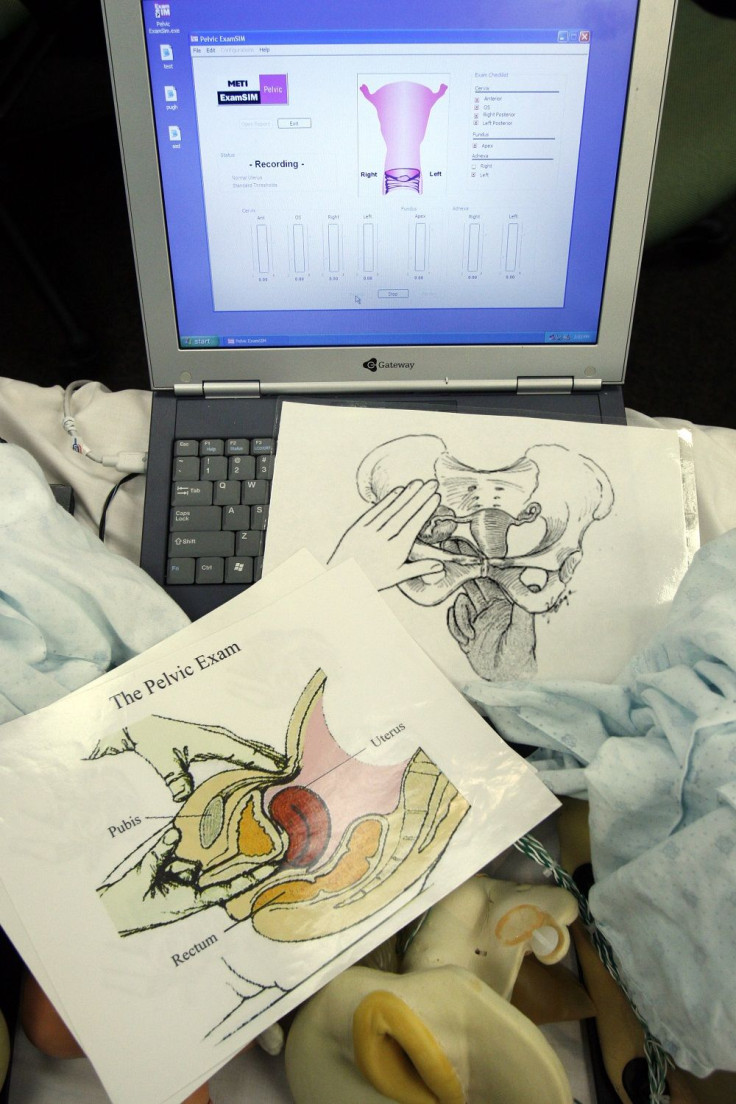Indiana University study finds size and position of woman’s clitoris affects her ability to orgasm

A review of previous studies behind why some women have difficulty achieving orgasm says the reason could be more physical than psychological.
A new study by Indiana University researchers confirm that for some women, failure to climax is because of their anatomy. Her ability to orgasm depends on how her clitoris starts to drift up and away from the vaginal opening during gestation when she was still in the womb, reports Medicalxpress.
For a woman to climax, the distance between her clitoris and the urinary track opening should be 2.5 centimetres, says Elisabeth Lloyd, an affiliated faculty scholar with the Kinsey Institute for Research in Sex, Gender Reproduction at Indian University-Bloomington. But Lloyd, who is not involved in the study, says, “It’s so strong a correlation that if you give us a woman who has a distance of 3 centimeters, we can very reliably predict she won’t have orgasm with intercourse.”
She adds women could measure it themselves or with them partners to help explain why they fail to climax. Lloyd notes that other factors, such as penis size, a sexual partner’s skill and intensity of desire could also have some effect on a woman’s ability to climax, but what is really predictive is the anatomical distance, reports The New York Post.
The study, published in Clinical Anatomy journal, assures women that they do not always have to orgasm when having penetrative sex since 70 to 90 percent of women fail to climax with penetration alone, says Dr Maureen Whelihan, an obstetrician and gynaecologist. She explains, “Among women whose clitoris drifted too far up, it may be very difficult or even impossible to have an orgasm during sex, because traditional lovemaking doesn’t provide enough friction to stimulate the clitoris.”
Lloyd stresses, “To put this banner of healthiness as having orgasm with intercourse kind of stacks the deck against these women who, because of their anatomy, cannot have orgasm with intercourse.” Whelihan points out it is not the woman’s fault because “she was born that way.”





















